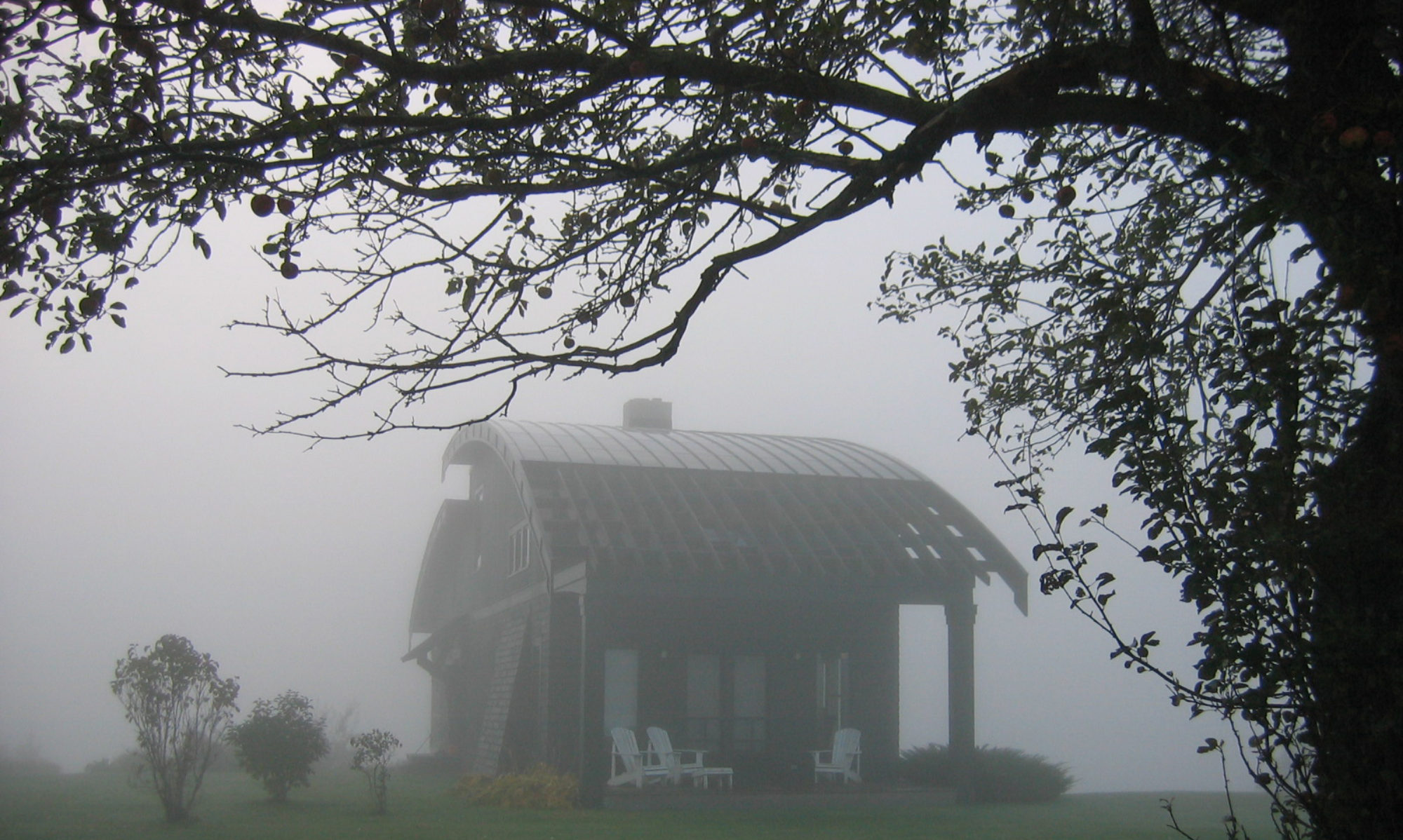Previously Published 4 January 2012 –
Architects have always been inspired by buildings without architects (BWA); think barns, yurts, traditional Japanese houses, etc. This is because the purity of a structure driven solely by function, materials, comfort and economy is perennially refreshing. A BWA trend we are noticing in Otsego County involves freestanding structures assembled out of wood studs and translucent material. The photographed example always turns our heads, given the translucent roof and walls, clear structural support, and irregular geometry. This even sports a PV solar collector on the roof. Inspirational? You bet!



